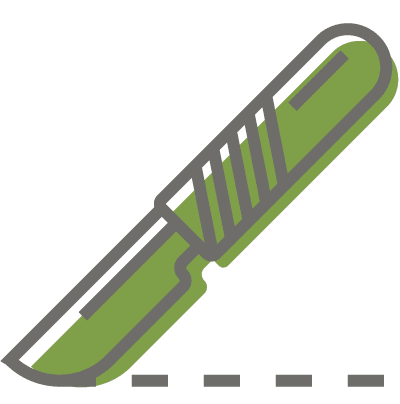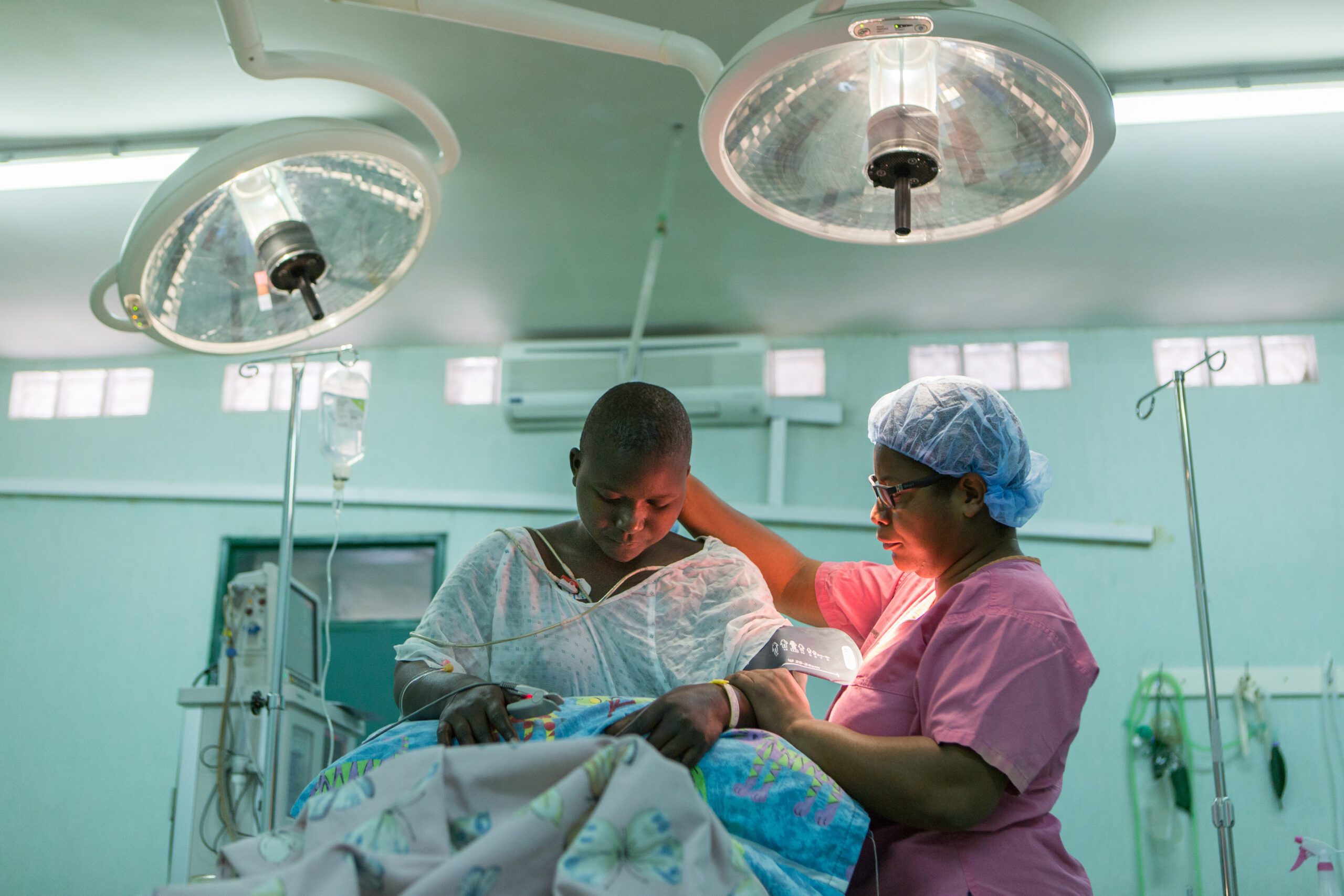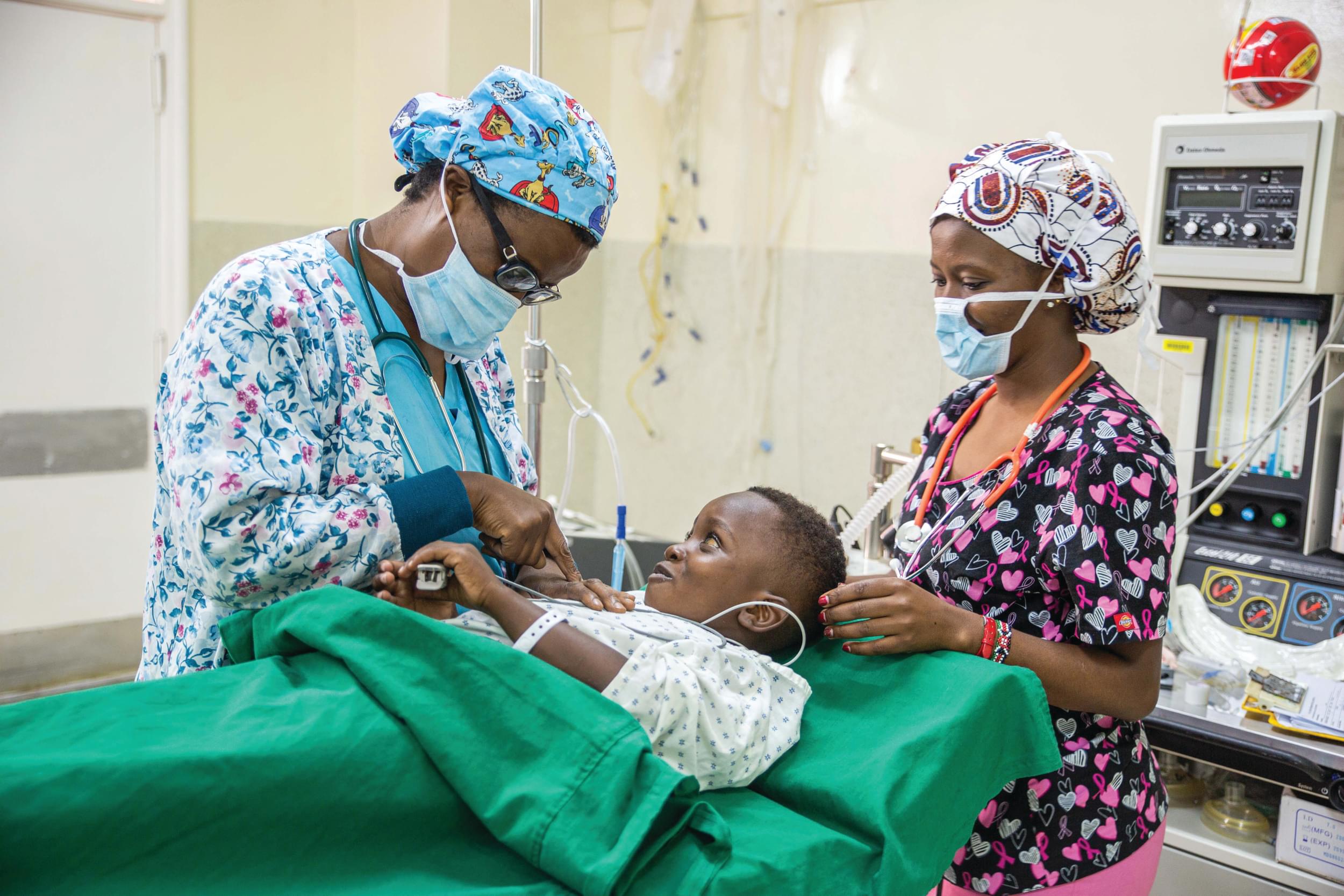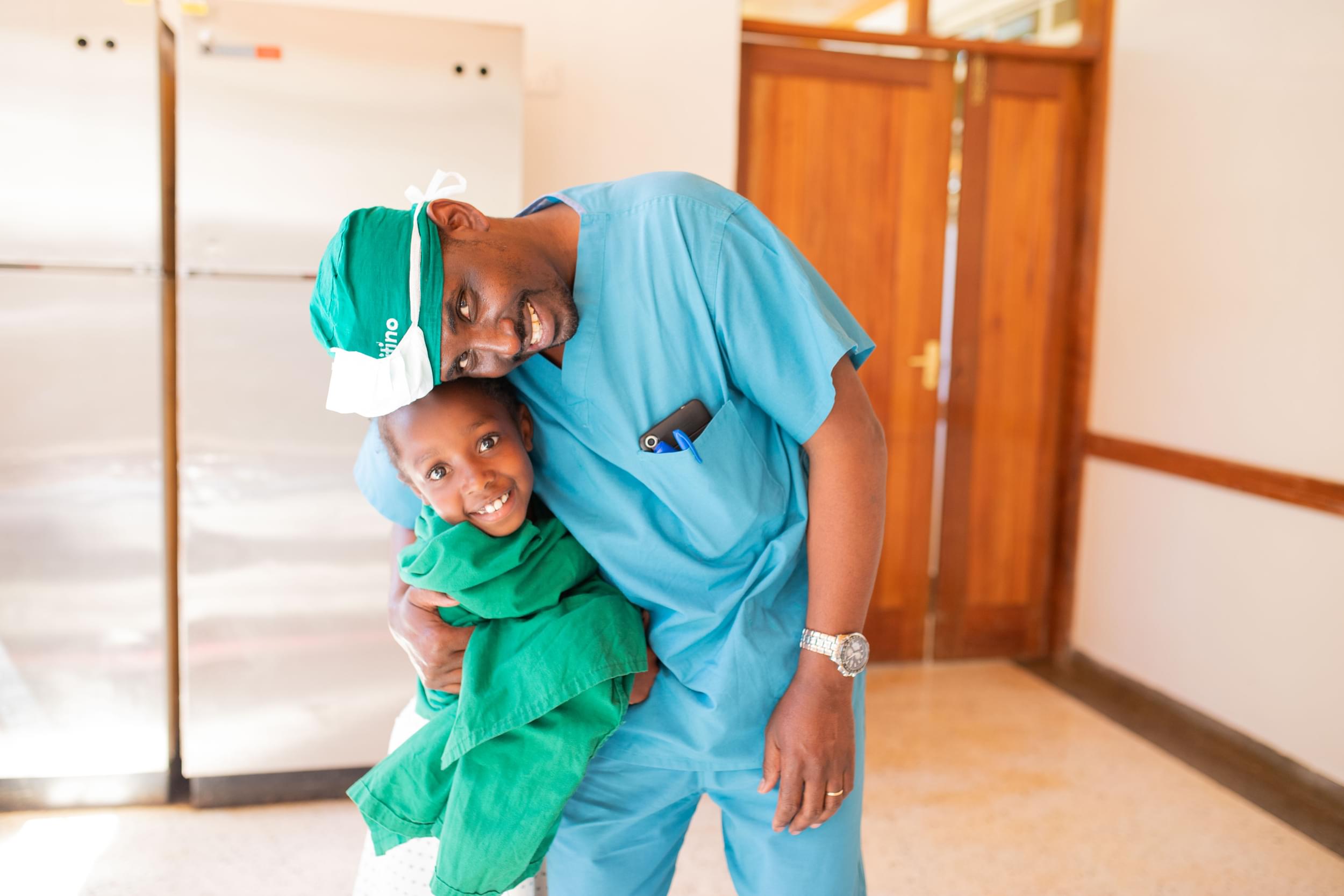Pediatric foot infections
Abstract: Superficial infections in the foot and ankle, such as those associated with ingrown toenails, are relatively common and easily diagnosed. A number of common and superficial foot infections do not require surgical intervention. However, deeper foot and ankle infections in children may present with non-specific symptoms, such as difficulty in weight-bearing, and little in the way of clinical signs. Foot infections should therefore always be considered in a limping child, especially when other causes are not found.
Calcaneal osteomyelitis is an uncommon cause for limp in childhood. The infection is different from other sites of osteomyelitis because of a paucity of systemic and local findings in the early stages combined with a high likelihood of normal parameters such as white blood cell count and C-reactive protein (CRP). The diagnosis is often delayed resulting in chronicity and sequelae. Imaging modalities may be needed to localise infection before commencing treatment. Broad spectrum and specific antibiotics, usually combined with trepanation, are the first line of treatment. Late cases may require drainage, debridement sequestrectomy and antibiotic-loaded beads. Calcanectomy and talectomy may be required for salvage.
Foot and ankle tuberculosis (TB) also usually presents with a limp and is rare. It forms a differential diagnosis in a child with subacute or chronic arthritis of the foot and ankle, a single or multiple radiological bony or joint lesions in the ankle and foot, associated with diffuse osteoporosis. A high index of suspicion should be entertained and confirmation obtained by biopsy and culture. Antituberculous drug therapy is the mainstay of treatment. Selective surgical intervention is indicated for neglected lesions, deformities, or joint and foot architecture collapse. The goal is disease control, and to achieve and maintain a stable painless foot.
Severe infections are not common in developed countries but in low- and middle-income countries, more advanced pathologies may be seen. This chapter will therefore aim to cover conditions from the mildest, including non-surgical conditions, through to more destructive pathologies, such as tuberculosis and Madura foot.






















